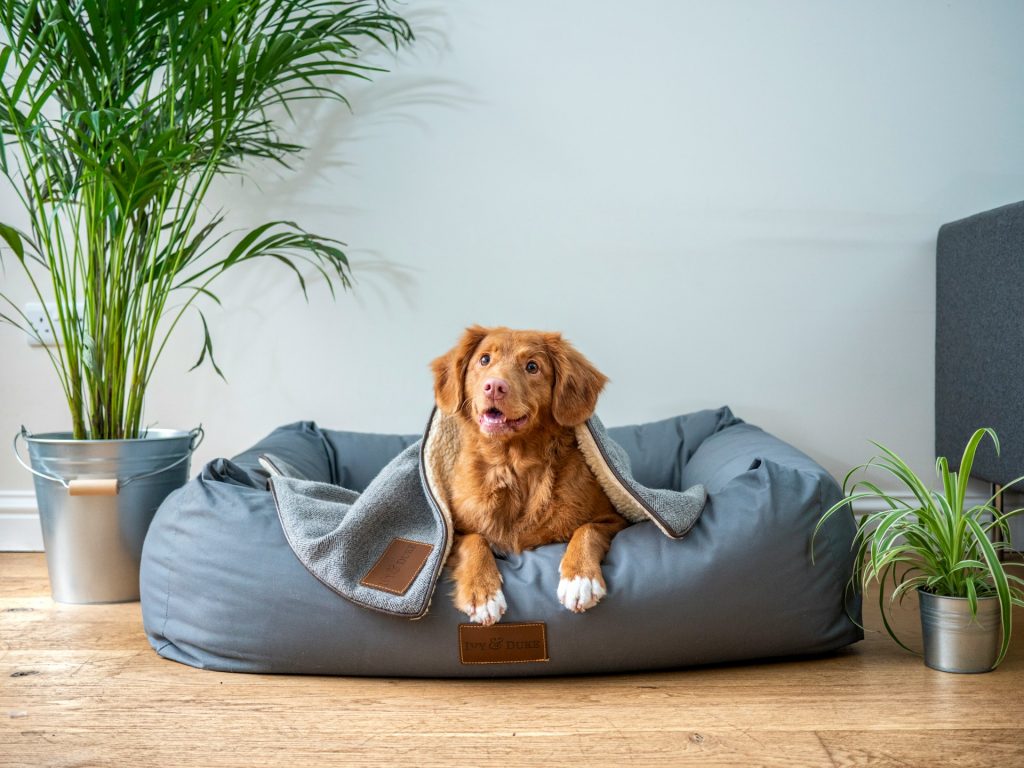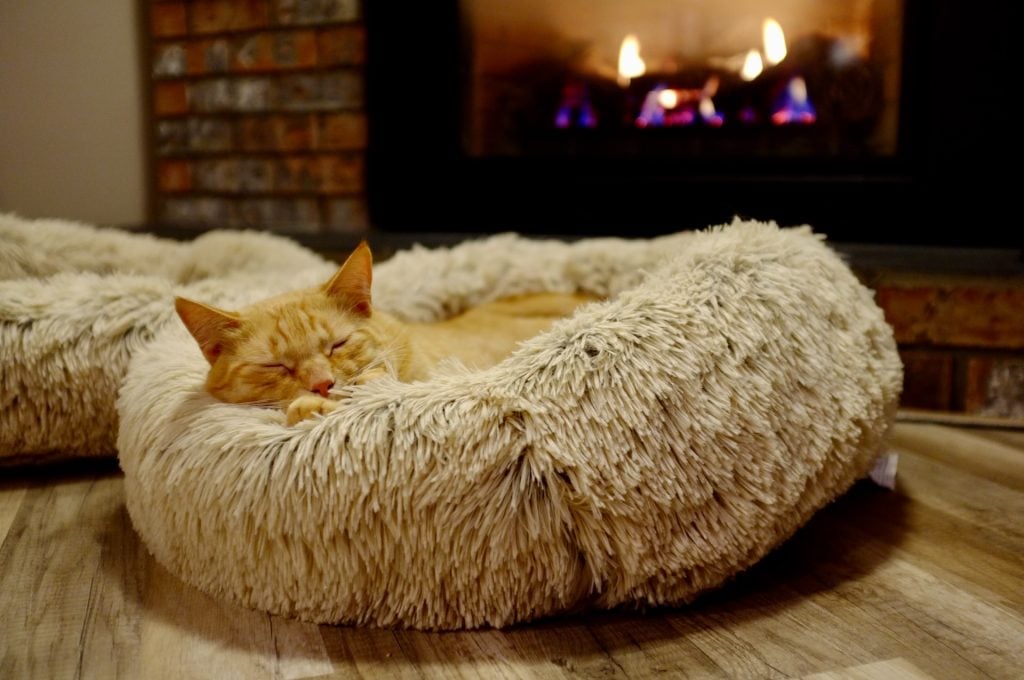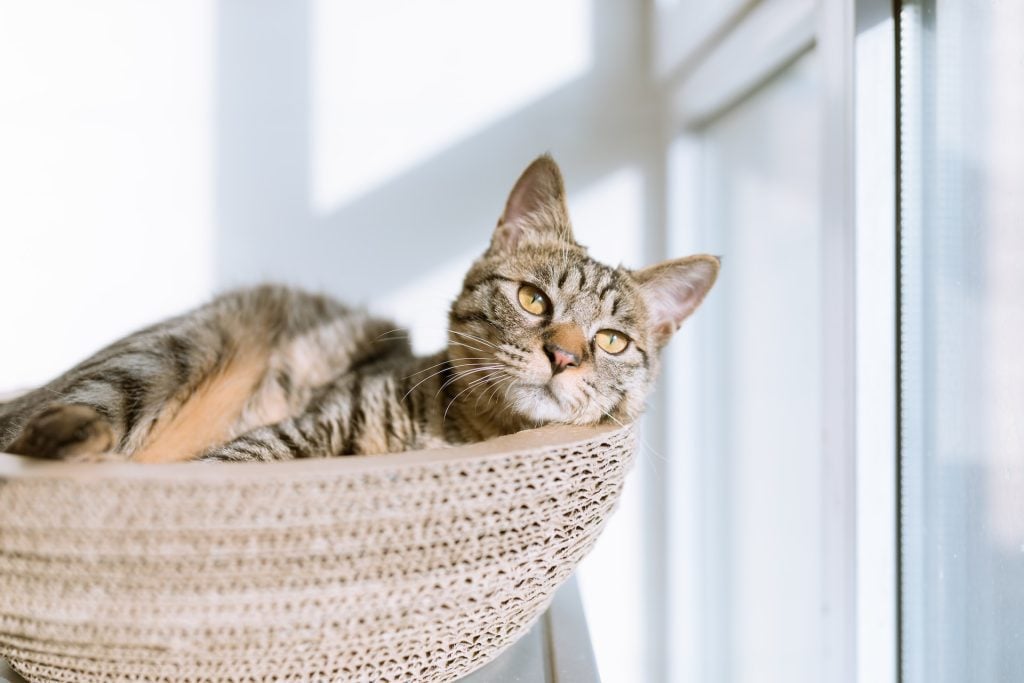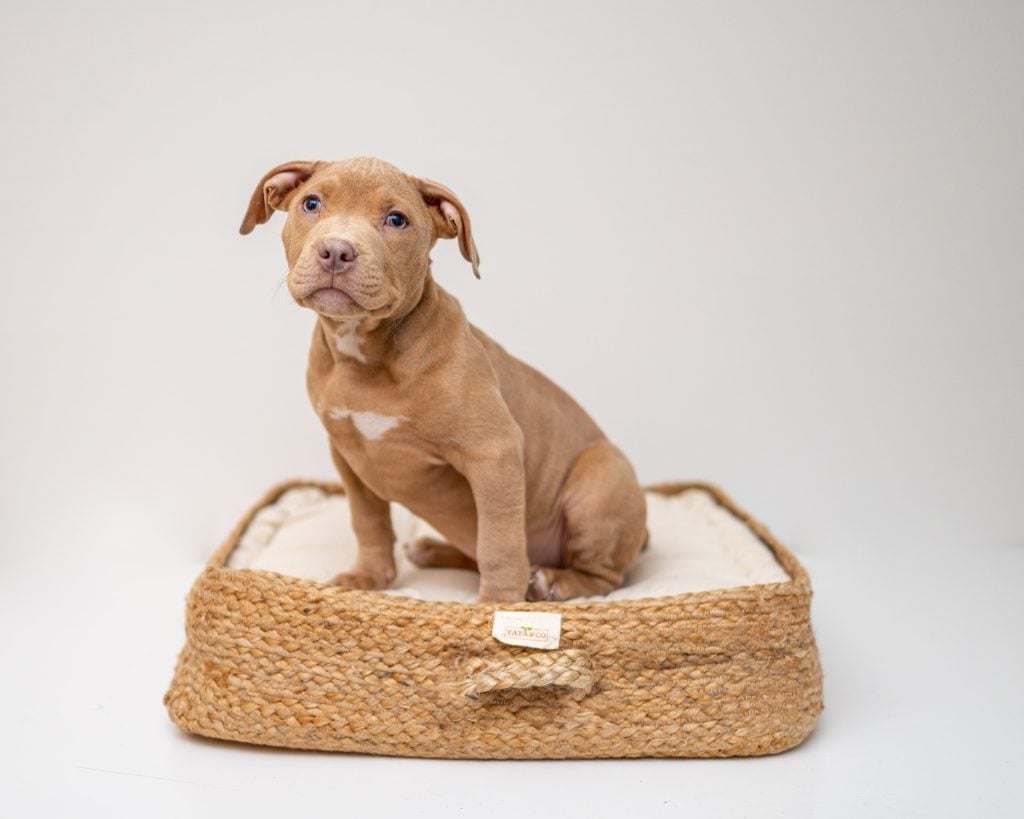Pet furniture isn't merely decorative; it's an essential component crucial to your pet's comfort and happiness. Choosing the right furniture for your furry companions is pivotal for their well-being. It's not just about style; it's about understanding your pet's needs, behaviors, and preferences.
Each piece of furniture—be it a bed, scratching post, or climbing structure—contributes significantly to their physical health and emotional security.
By selecting thoughtfully and purposefully, you're not just furnishing your home; you're crafting a personalized haven that nurtures and supports your pet's daily life. Let's explore the profound impact of pet furniture on your beloved companion's life.
Understanding Your Pet's Needs

When it comes to choosing the right furniture for your pet, comprehension of their unique needs, behaviors, and preferences is fundamental. Different pets exhibit varied behaviors and have distinct preferences that significantly influence the type of furniture they require for their comfort and well-being.
Consider your pet's habits, such as whether they prefer to burrow, sprawl out, or perch up high. Cats, for instance, often relish climbing and perching on elevated spaces, making cat trees or shelves an ideal choice. Dogs, depending on their breed, might prefer different types of beds – orthopedic beds for larger breeds or cozy, nest-like options for smaller ones.
Furthermore, understanding the size and breed of your pet is crucial. Large breeds may benefit from sturdy and spacious furniture that supports their weight and size adequately. Smaller pets might prefer enclosed spaces that offer a sense of security.
Observing your pet's behavior is key; for instance, if your cat loves to scratch, a durable scratching post can redirect this behavior away from your furniture. Similarly, if your dog tends to chew, providing chew-resistant materials is essential.
Each pet has its own unique personality, and their furniture should reflect that. Some may prefer soft and plush surfaces, while others might favor more structured and firm furniture. By comprehending your pet's preferences and habits, you can curate an environment that caters to their comfort, ensuring they feel safe, secure, and content in their designated spaces within your home.
In essence, tailoring furniture choices to align with your pet's behaviors, size, breed, and individual preferences contributes significantly to their overall well-being and happiness. Investing time to understand these nuances ensures that the furniture you select serves not only as functional pieces but as elements that enhance your pet's quality of life.
Types of Pet Furniture

Beds and Bedding Options
Pet beds come in various shapes, sizes, and materials, each catering to different pet needs. From orthopedic beds providing support for senior pets to cozy nests perfect for burrowing, the range is extensive. Larger breeds benefit from spacious beds with ample cushioning, while smaller dogs or cats might prefer enclosed beds that offer a sense of security. Consider materials that are easy to clean and durable, ensuring longevity while providing comfort.
Scratching Posts and Pads
Scratching is a natural behavior for cats, essential for maintaining their claws and territory marking. Investing in sturdy scratching posts or pads is vital to redirect this behavior away from furniture. For pets other than cats, alternatives such as scratching pads or boards can fulfill their need to scratch and stretch. Ensuring these alternatives are enticing and easily accessible encourages proper scratching behavior.
Perches, Towers, and Climbing Structures
Cats are notorious climbers and love perching in elevated spaces. Cat trees, shelves, or window perches provide vertical territory, satisfying their natural instincts. Dogs also benefit from playful options like agility sets or climbing structures, stimulating both their physical and mental well-being. These structures encourage exercise, exploration, and engagement, preventing boredom and anxiety.
Understanding these various types of pet furniture allows pet owners to cater to their pets' needs effectively. Choosing the right furniture type, be it beds, scratching posts, or climbing structures, ensures that pets have designated spaces that fulfill their natural behaviors and preferences.
Ultimately, pet furniture isn't just about aesthetics; it's about providing a comfortable and stimulating environment that supports a pet's physical health and mental enrichment. By selecting appropriate furniture types, pet owners create spaces where their beloved companions can relax, play, and thrive, fostering a harmonious coexistence within the home.
Factors to Consider When Buying Pet Furniture

Durability and Material
Selecting durable materials for pet furniture is paramount. Robust materials like hardwood, stainless steel, or high-quality fabrics ensure longevity and withstand the wear and tear associated with pet use. Opting for materials resistant to scratches, stains, and easy to clean not only prolongs the furniture's lifespan but also maintains a hygienic environment for both pets and owners.
Design and Style
Balancing aesthetics with functionality is key when choosing pet furniture. While it's tempting to prioritize style, ensuring that the furniture serves its intended purpose for the pet is crucial. There's an array of stylish options available that also cater to a pet's needs – furniture that seamlessly fits into your home decor while providing comfort and usability for your pet.
Size and Space Considerations
When purchasing pet furniture, it's essential to consider your home's size and layout. Opt for furniture that fits well within the available space, allowing pets to move freely without cluttering the area. For smaller spaces, multifunctional furniture or pieces that can be easily tucked away when not in use might be preferable. Additionally, consider the pet's size concerning the furniture to ensure comfort and accessibility.
By factoring in these considerations – durability and material choice, design and style, and size and space requirements – pet owners can make informed decisions when selecting furniture. Prioritizing these aspects ensures that the chosen furniture not only complements the home environment but also creates a comfortable, functional, and pet-friendly space tailored to meet the specific needs of their beloved companions.
Budget-Friendly Options and DIY Ideas

Pet owners often seek cost-effective ways to provide quality furniture for their furry companions. Fortunately, there are numerous budget-friendly options and do-it-yourself (DIY) projects available that cater to both the pet's needs and the owner's budget.
- Repurposing: Consider repurposing items around the house, such as old furniture or storage containers, to create pet beds or climbing structures. These DIY projects not only save money but also offer customization options.
- Homemade Beds: Crafting pet beds using old blankets, pillows, or even repurposed fabrics can create cozy sleeping spaces without a hefty price tag. YouTube tutorials and online guides offer step-by-step instructions for creating personalized pet beds.
- Scratching Posts: DIY scratching posts can be made using sisal rope wrapped around a sturdy base or repurposed materials. This allows cats to fulfill their scratching needs without damaging furniture.
- Cardboard Creations: Cardboard boxes can be transformed into playful hideouts or scratch pads, offering entertainment for cats at minimal cost.
- Check Local Sales or Online Marketplaces: Keep an eye on local sales, online marketplaces, or thrift stores for discounted pet furniture. Sometimes, gently used items can be found at a fraction of the original price.
By exploring these budget-friendly options and engaging in DIY projects, pet owners can acquire or create pet furniture that suits their pets' needs while staying within their financial means. Not only does this save money, but it also encourages creativity and customization, resulting in unique furniture tailored to the pet's preferences.
Maintenance and Cleaning Tips

Keeping pet furniture clean and well-maintained is crucial for both the longevity of the furniture and the health of your pet. Here are some essential guidelines and cleaning suggestions:
- Regular Cleaning: Vacuum or wipe down pet furniture regularly to remove fur, dander, and debris. Use pet-friendly cleaning solutions or mild detergents to maintain cleanliness without harming your pet.
- Washable Covers: Opt for pet furniture with removable and washable covers. This allows for easy cleaning and helps eliminate odors and stains.
- Stain Removal: Quickly attend to any spills or stains on furniture. Blot the area with a clean cloth and use pet-safe stain removers or mild soap to treat stains gently.
- Scratching Posts and Pads: Trim loose threads on scratching posts or pads to prevent entanglement. Periodically rotate or replace worn-out pads to maintain their effectiveness.
- Climbing Structures and Perches: Use a damp cloth to wipe down climbing structures or perches, removing dirt or pet residues. Check for any loose screws or instability regularly for safety.
By implementing these maintenance and cleaning practices, pet owners can ensure that their pet furniture remains clean, hygienic, and in good condition, promoting a healthy and comfortable environment for both pets and owners.
Remember, investing in quality pet furniture isn't just about furnishing a space; it's about crafting a haven where your beloved companions can thrive. Let their comfort and happiness guide your choices, fostering a stronger bond between you and your cherished pets.




